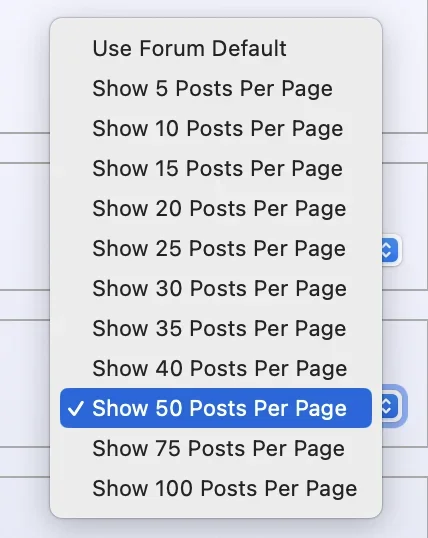Vladi hatte ein Polyvoks VCF board entwickelt und getestet bevor sich Waldorf für den SSI2144 im M entschied.
Hier meine Frage an Vladi darüber au GS:
Quote:
Originally Posted by
tomheck 
"Didn't you mention at the beginning of this thread the test of the Polyvoks VCF in the M?
What did you think about the result/behavior of this VCF?
Yes, I did test it.
And yes, I still have hope for producing a small batch of extensions with the polyvox VCF on it (it's designed and tested on the proto stage). In this particular case, M will stay on 8 voices polyphony but with the ability to switch between different analog VCFs. And, in multi-mode, it will be possible to use a layered M / Pvox filter. The needed code to control this partially exist is in the M.
Technically, the M is ready (as it was designed so) for VARIOUS types of expansion boards. At least 3 types were tested on different prototyping phases apart from "regular" voice extension. These are :
- LP24 "CEM3389 discrete clone" VCF board (was tested in 4 voices configuration due to board placement / size)
- LP12 / BP6 Polyvoks VCF (was tested in 8 voices configuration) - production of extension in regular form factor is possible.
- FX "Space Reverb / Tape delay emulation" board (was breadboarded and tested), no voices added, rather 2 sends / 2 returns for FX application.
Practically, the production of any of these is a very big question due to the component availability/marketing issues (how many M users want to buy certain expansions) and of course the fact that I am not an employee of Waldorf Music anymore.
So, all of these is a "foggy future". It's hard to nearly impossible to predict what and when will be released in the current chip shortage situation.
As each of them contains the same DSP MCU as M itself - there are two consequences :
1. In choosing what to produce and deliver - the M or the extension - Waldorf highly likely chooses M - as demand is much bigger.
2. In the situation where delivery time for this MCU is 48 weeks now - Waldorf has to plan the production ONE YEAR AHEAD! It is very tricky in the current situation.
Greetings
Vladi"

 www.elektronauts.com
www.elektronauts.com






